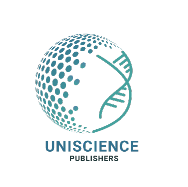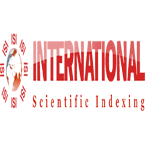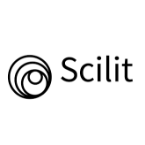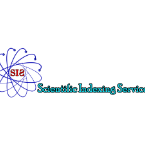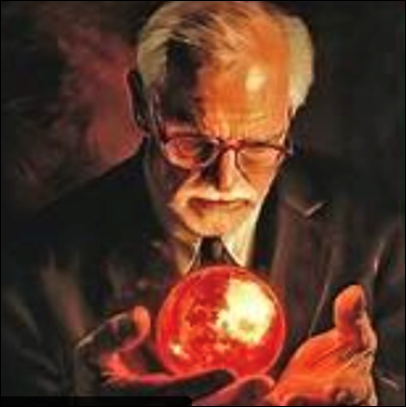
This work proposes a revolutionary therapeutic framework that integrates Carl Jung’s shadow psychology with both orthodox and heretical streams of Kabbalistic thought to address the fundamental presence of evil and suffering in illness and existence. Drawing upon the scholarship of modern scholars, this study demonstrates how Jung’s recognition that Kabbalistic writings “anticipated my entire psychology” opens pathways for therapeutic approaches that can hold the tension between light and dark, creation and destruction, presence and absence.
The theoretical foundation rests upon the Lurianic Kabbalistic insight that divine light becomes trapped within kelipot (shells of evil) through the cosmic catastrophe of Shevirat HaKelim (Breaking of the Vessels), paralleling Jung’s understanding that rejected shadow material contains essential life energy requiring integration rather than elimination.
The concept of tzimtzum (divine contraction) provides a framework for therapeutic spaces that can hold both divine presence and absence, while heretical movements like Sabbateanism and Frankism reveal how “redemption through sin” anticipates contemporary insights about the necessity of engaging rather than avoiding difficult psychological material. The controversial figure of Jonathan Eybeschutz, accused by Jacob Emden of harboring secret Sabbatean beliefs while maintaining orthodox authority, exemplifies the profound tension between orthodox containment and heretical breakthrough that characterizes both authentic mystical development and therapeutic transformation (Ungar-Sargon, 2025).
Clinical applications demonstrate how therapeutic encounters can become sacred containers for the coincidence of opposites (coincidentia oppositorum), allowing both healer and patient to recognize divine sparks hidden within psychological suffering. This approach transforms symptoms from pathology to be eliminated into sacred texts requiring hermeneutical sophistication, moving beyond conventional models that split healing and wounding, light and dark, therapist and patient.
The framework extends to collective healing, revealing how individual shadow integration creates immunity to political manipulation through projection and scapegoating. Analysis of war and peace through this lens demonstrates how collective shadow projection creates “political kelipot” that imprison the divine sparks present in designated enemies, while conscious resistance based on tikkun olam (repairing the world) offers pathways for transforming rather than perpetuating cycles of violence.
Elie Wiesel’s testimony about maintaining faith through ultimate darkness provides a model for therapeutic work that can hold the “tragedy of the believer”—remaining open to sacred encounter even within experiences of divine absence. The integration of personal healing with cosmic repair suggests that therapeutic practice becomes a form of political action, creating possibilities for what Hillman terms “archetypal democracy” based on conscious relationship to collective energies.
This synthesis offers hope for therapeutic approaches capable of addressing the fundamental spiritual dimensions of suffering while maintaining clinical sophistication, suggesting that the integration of ancient wisdom with contemporary psychology may be essential for healing the individual and collective wounds of our time.
Keywords: Shadow work, Kabbalah, Jung, therapeutic space, evil, suffering, kelipot, tzimtzum, tikkun olam, archetypal psychology, heretical mysticism, Sabbateanism, collective trauma, political shadow, war and peace, divine concealment, coincidentia oppositorum.
Citation: Ungar-Sargon, J. (2025). The Sacred Paradox of Healing: Integrating Shadow and Light in Medicine, Politics, and Spirituality through Jungian and Kabbalistic Wisdom. J Psychol Neurosci; 7(3):1-16.
DOI : https://doi.org/10.47485/2693-2490.1117
